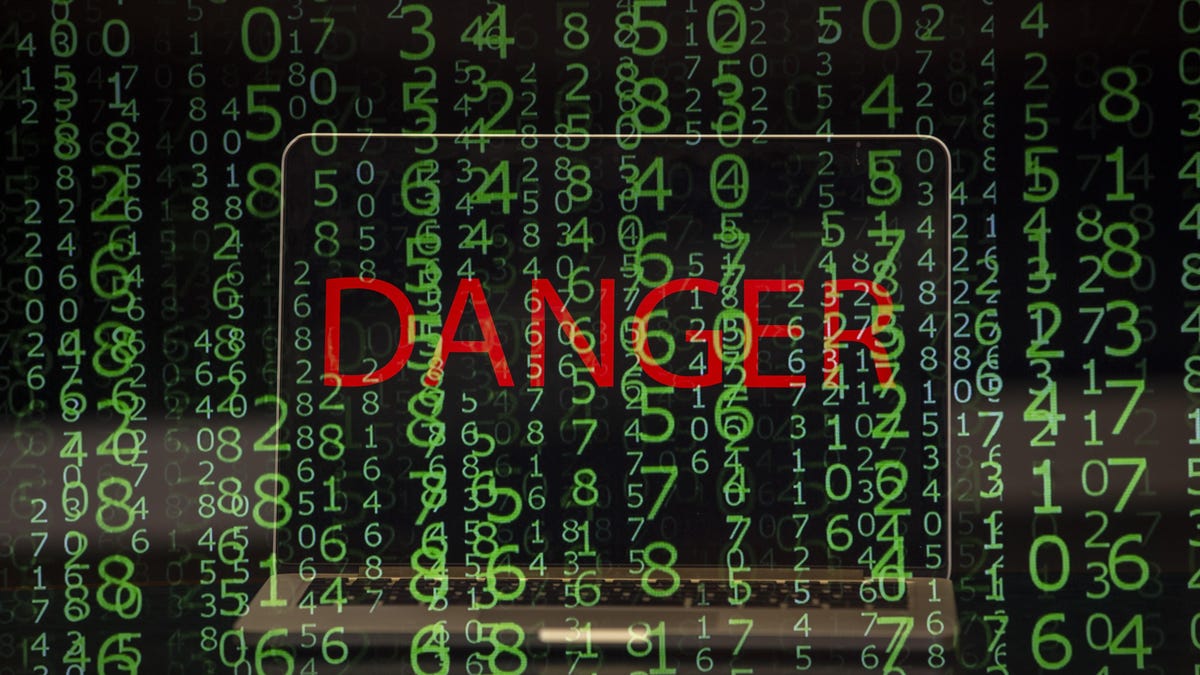Cybercriminals ramping up fraud attacks on social media, says report
Facebook, Instagram, WhatsApp and other social media platforms are easy for cybercriminals to use, according to cybersecurity firm RSA.

Social media is making it easier for cybercriminals to commit fraud, says a security company.
Most of us know we're not totally safe on the internet, even if we take precautions. There'll always be people who work to get around safety mechanisms just as hard as the people who put those measures in place.
Cybercriminals are showing more preference for mobile, according to the 2019 Current State of Cybercrime report from RSA Security. The report, released earlier this month, says fraud attacks on social media have increased 43% this past year alone.
RSA found that cybercriminals are more heavily relying on Facebook , Instagram , WhatsApp and other social media platforms to communicate and sell stolen identities, credit card numbers and other information. The firm predicts that crime will continue to gain momentum on these platforms given the "ease of use, absence of fees and other benefits."
Additionally, the firm identified 82 rogue apps daily in 2018, on average. Rogue apps use an organization's brand without permission to trick users into providing access to devices and personal data. RSA said one out of every five cyberattacks can be attributed to these apps.
"As the digital transformation of both business and cybercrime continues, organizations must be increasingly vigilant, and increasingly well-equipped technologically, to protect themselves from sophisticated attacks. In this way, digital transformation becomes both a critical contributing factor in the problem of growing cyberrisks today -- and a critical resource for solving it," RSA said in its report.

